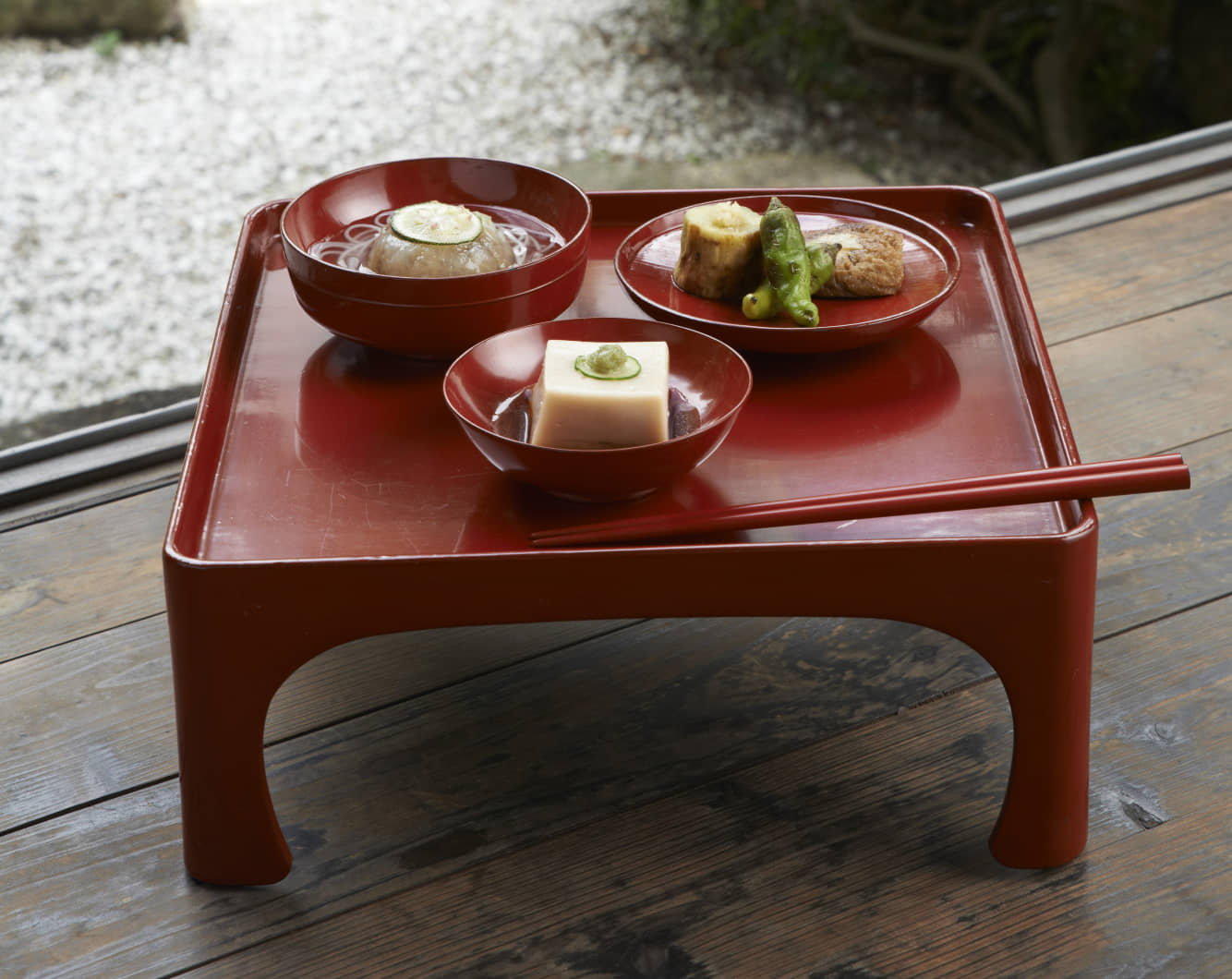Japan's vegan temple food, shōjin ryōri, is rooted in hundreds of years of tradition. It is unselfconsciously light, flavorful and utterly delicious. Even dedicated carnivores will come away from a shōjin meal not mourning the lack of meat or fish, but feeling satisfied and well-fed in both mind and spirit.
The Japanese characters for shōjin ryōri (精進料理), indicate this almost 1,000-year-old vegan repast is rooted in following one's "pure heart." In its full glory, shōjin ryōri consists of a multicourse seasonal plant- and legume-based meal that often features foraged wild herbs. Like its more elegant counterpart, kaiseki ryōri (upscale Japanese cuisine, originally tied to the tea ceremony), there is a prescribed flow and mandate for what types of dishes make up a shōjin ryōri meal.
It's traditionally served in red or black lacquer bowls on trays with zen (small feet). Zensai (small bites) share one plate, while the other dishes — such as aemono (sauce-dressed), nimono (simmered) or yakimono (grilled) — come in lidded dishes the diner then unveils. To close, kanmi (a last light, often fruit-based bite) is served with tea. This method of cooking has an inherent restraint, but that does not mean the food lacks substance. It's a kind of mindful meal that showcases veganism at its very best.


















With your current subscription plan you can comment on stories. However, before writing your first comment, please create a display name in the Profile section of your subscriber account page.